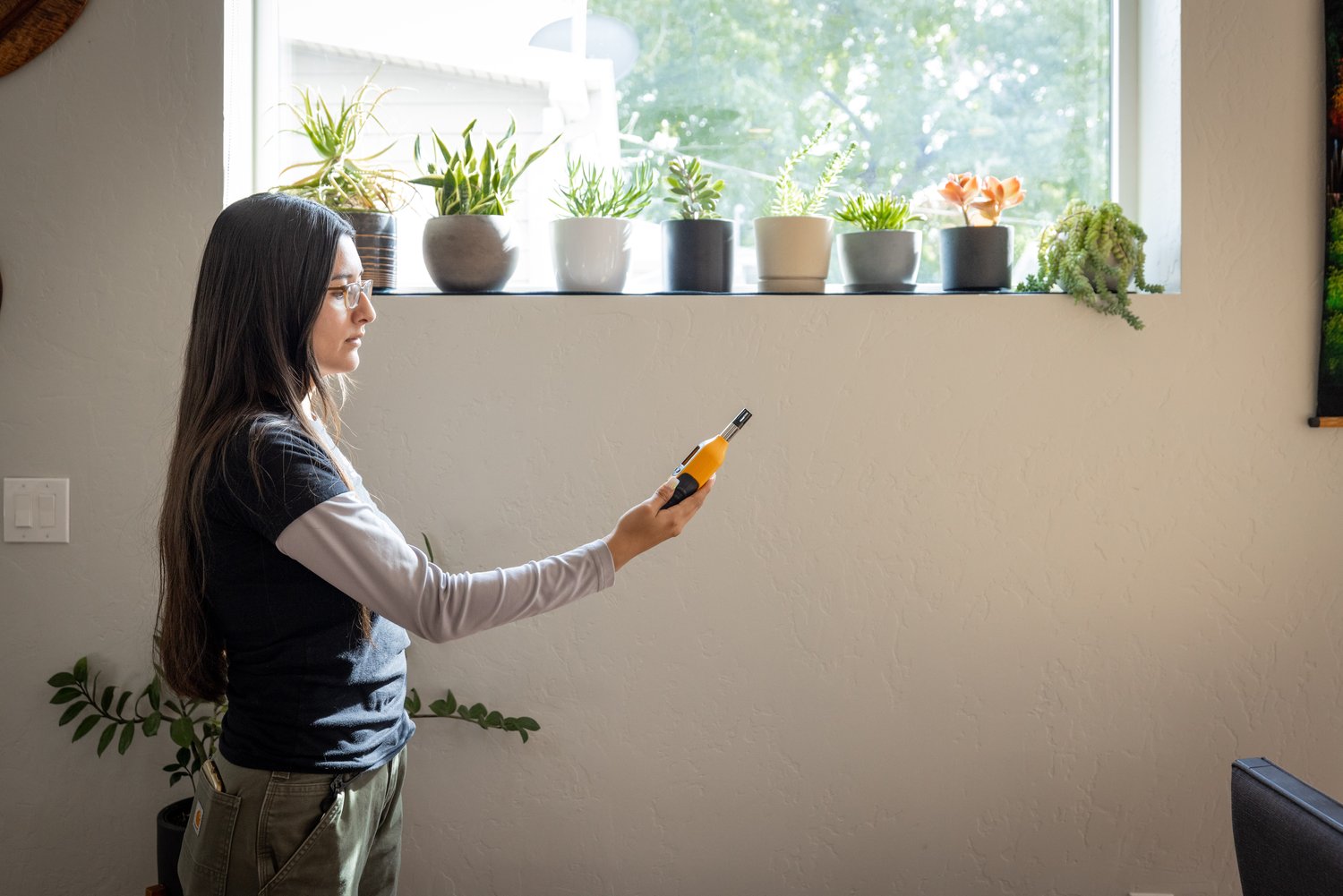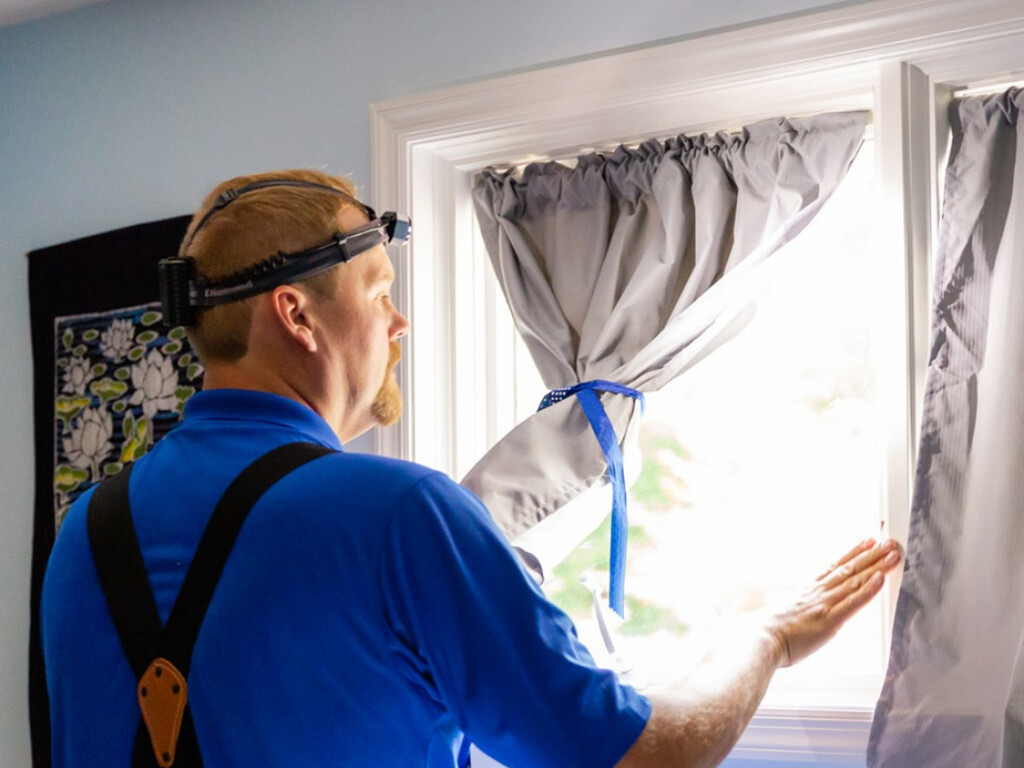Improve Your Safety Methods with Professional Mycotoxin testing Services
Improve Your Safety Methods with Professional Mycotoxin testing Services
Blog Article
Ensuring Compliance With Rules: the Role of Mycotoxin Evaluating in Quality Control
Guaranteeing compliance with stringent guidelines is vital for keeping food security, and the role of mycotoxin screening in quality control can not be overemphasized. Mycotoxins, toxic compounds created by specific molds, pose considerable wellness dangers, making their detection crucial in food production.
Comprehending Mycotoxins
Recognizing mycotoxins is essential to making sure the quality and safety and security of agricultural items. Mycotoxins are hazardous second metabolites generated by specific varieties of fungi, generally found in foods items such as nuts, grains, and spices. These compounds can arise at different phases of the food manufacturing process, from pre-harvest to storage, and position significant wellness dangers to both human beings and pets (Mycotoxin testing Services). The most notorious mycotoxins consist of aflatoxins, ochratoxins, trichothecenes, and fumonisins, each connected with specific ecological conditions and fungal varieties.
The existence of mycotoxins in foodstuff can lead to intense and chronic health issues, including liver damage, immune reductions, and cancer causing results. Their discovery and metrology are vital parts of top quality control in agricultural and food sectors. The intricacy of mycotoxin contamination demands a diverse method, utilizing sophisticated analytical techniques such as liquid chromatography, mass spectrometry, and enzyme-linked immunosorbent assays (ELISA) By understanding the resources, kinds, and impacts of mycotoxins, stakeholders in the agricultural market can better carry out preventative measures and alleviate threats, making certain safer consumption for end-users. This understanding forms the bedrock upon which reliable mycotoxin monitoring techniques are built.
Regulative Specifications for Mycotoxins
Having actually developed a foundational understanding of mycotoxins and their effect on food security, it is necessary to review the regulatory requirements regulating their existence in agricultural items. Regulative requirements for mycotoxins are crucial because they define allowable restrictions, ensuring food safety and safeguarding public health. Various international and national agencies have actually established these restrictions based upon thorough threat assessments.
The Codex Alimentarius Commission, an international body developed by the FAO and WHO, gives standards and maximum allowable levels for various mycotoxins in food and feed. For example, the Codex has actually set limitations for aflatoxins in peanuts, maize, and dried figs, among various other commodities. These standards are commonly embraced or adjusted by specific countries to fit their details requirements.
In the European Union, Regulation (EC) No 1881/2006 states optimum degrees for a number of mycotoxins, such as aflatoxins, ochratoxin A, and deoxynivalenol, in numerous food products. Similarly, the U.S. Fda (FDA) has actually developed activity degrees for mycotoxins like aflatoxins in commodities such as grains and nuts.
Adherence to these regulative requirements is vital for preserving market accessibility, customer trust, and public health and wellness. Non-compliance can cause significant economic losses and health and wellness threats, emphasizing the importance of rigid mycotoxin testing protocols.
Examining Methods and Technologies

ELISA is commonly appreciated for its affordable and fast screening capacities, making it excellent for high-throughput atmospheres. It depends on antibodies to detect certain mycotoxins, offering lead to a relatively short time frame. Its level of sensitivity might be restricted contrasted to more innovative techniques.
HPLC, on the various other hand, excels in supplying quantitative evaluation with high precision and precision. It divides intricate mixes right into individual elements, making it very efficient for recognizing and measuring numerous mycotoxins concurrently - Mycotoxin testing Services. This technique, while more time-consuming and resource-intensive than ELISA, uses a higher degree of integrity

LC-MS stands for the peak of logical specificity and sensitivity. Combining the separation power of liquid chromatography with the discovery capacities of mass spectrometry, LC-MS can find also trace degrees of mycotoxins. This technique is vital for validating the existence of mycotoxins in forensic and regulative contexts, guaranteeing compliance with stringent safety and security criteria.
Applying Checking Procedures

Integrating these innovative screening methods into a detailed quality assurance click site framework necessitates a well-structured technique to carrying out screening methods. To achieve this, organizations should first carry out a detailed risk assessment to identify prospective mycotoxin contamination factors within the supply chain. This evaluation educates the development of a customized screening approach that deals with certain vulnerabilities.
Next, establishing standard tasting treatments is crucial. Constant sampling ensures that examination results are reliable and representative of the whole set (Mycotoxin testing Services). Abiding by standards from regulatory bodies, such as the FDA or EFSA, assists preserve compliance and boosts the credibility of the testing procedure
Educating workers is an additional critical component. Staff needs to be skillful in both sample collection and the procedure of screening equipment. Regular training sessions and accreditation programs can guarantee that group participants remain upgraded with the most recent techniques and regulative adjustments.
Advantages of Mycotoxin Testing
Mycotoxin screening supplies countless benefits that substantially enhance the safety and high quality of food and feed products. Mostly, it works as a critical control procedure to stop polluted products from getting to the customer market, consequently safeguarding public health and wellness. By identifying and evaluating mycotoxins such as aflatoxins, ochratoxins, and fumonisins, manufacturers can make certain that their items fulfill rigorous regulative requirements, thus preventing potential legal effects and connected costs.
Furthermore, mycotoxin testing adds to the financial stability of food and feed markets by decreasing the risk of massive product recalls. The capacity to discover and separate contaminated batches early in the check my site production procedure decreases waste and prevents the economic losses connected with broken brand name online reputation. It fosters consumer trust fund and commitment, as clients are increasingly mindful of food safety and security problems and need greater high quality requirements.
The application of routine mycotoxin testing additionally promotes ideal techniques within agricultural and manufacturing fields. By adhering to rigorous testing protocols, business can maximize their high quality control processes, enhance operational performance, and ensure the consistent production of risk-free, high-quality items. To conclude, the advantages of mycotoxin testing are complex, adding to public health, financial security, and sector honesty.
Conclusion
Mycotoxin testing is critical in redirected here guaranteeing conformity with regulative standards, consequently maintaining food safety and security and top quality control. Therefore, mycotoxin screening continues to be an essential element of modern-day food safety and security monitoring systems.
Making certain conformity with strict guidelines is vital for maintaining food safety and security, and the function of mycotoxin testing in quality control can not be overemphasized.In the world of mycotoxin screening, advanced modern technologies and techniques are critical in making sure food safety and regulatory compliance.Mycotoxin testing provides various advantages that considerably boost the safety and quality of food and feed items.Mycotoxin testing is critical in ensuring compliance with governing standards, consequently maintaining food security and top quality control. Thus, mycotoxin screening stays a vital element of modern food safety management systems.
Report this page